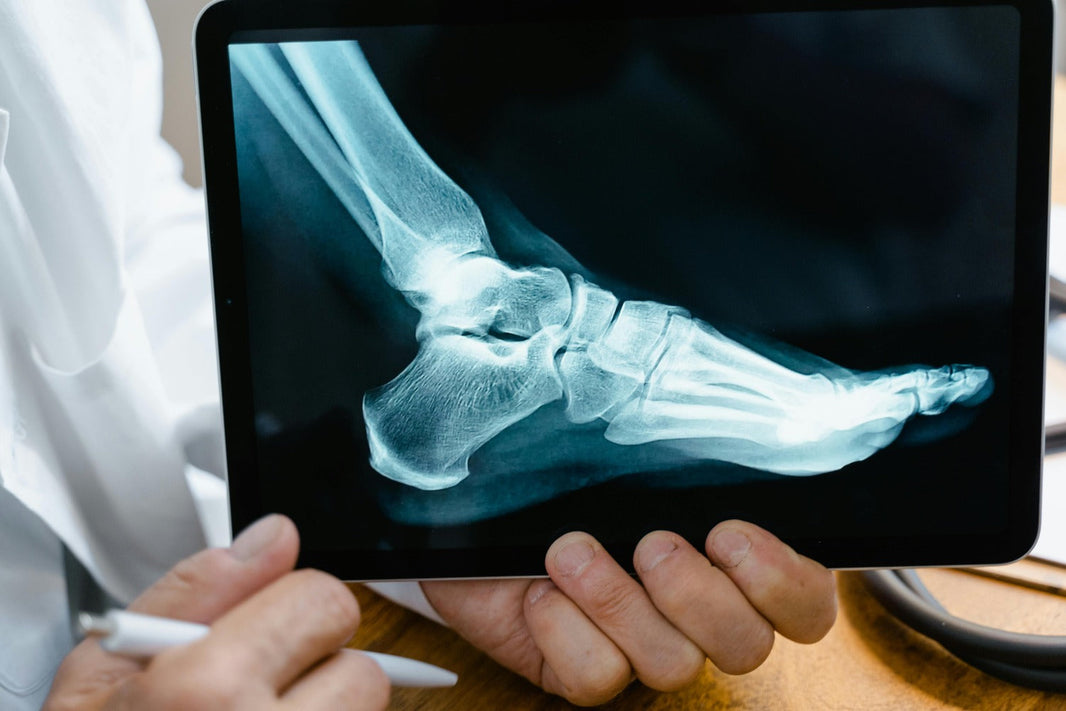Pain management has evolved differently across various cultures, with significant distinctions between Indian and Western approaches. Each tradition has its historical roots, methodologies, and philosophies that continue to influence contemporary practices.
Indian Pain Management
The foundations of Indian pain management can be traced back to the later Vedic period (1000-600 BCE). The Atharva Veda, one of the oldest Indian texts, describes several body parts, including bones and internal organs, highlighting an early understanding of human anatomy. By 600 BCE, Ayurveda (the science of life) had begun to flourish, focusing on the medicinal value of plants and laying the groundwork for logical diagnosis and treatment based on valuable reasoning and observation.
Ayurveda remained the primary method of treatment in India until the arrival of various foreign rulers. In the early 1600s, Arabian rulers introduced Unani medicine, a Perso-Arabic traditional system, to India. This was followed by the British invasion in the early 1800s, which brought allopathic medicine to the forefront.
Western Pain Management
Western pain management has a long history, expanding even before the 1800s. During this period, substances like morphine, codeine, and heroin were commonly used for pain relief. However, by the early 1900s, the medical community began to notice a significant rise in drug addiction linked to these medications. This led to a shift towards safer and more effective treatments that minimized the risk of addiction.
Alternative therapies such as acupuncture, physiotherapy, and chiropractic adjustments began to gain popularity as complementary methods for pain management. Today, Western pain management offers a wide range of options, allowing patients to choose between pharmacological therapies and various alternative treatments.
Modern Pain Management Practices
In the early 1900s, the use of morphine and heroin became prevalent in pain management. However, chronic pain remained a challenging condition to treat due to the risk of addiction associated with long-term use of these drugs. This concern prompted the development of NSAIDs and other less addictive medications.
Western medicine now emphasizes a prescription culture that prioritizes thorough analysis, observation, and examination before prescribing medication, aiming to prevent drug abuse. This careful approach ensures that patients receive the most appropriate and safe treatment for their pain.
A Comparative Perspective
The evolution of pain management in India and the West highlights different trajectories shaped by historical and cultural influences. Indian practices, deeply rooted in Ayurveda, have always emphasized natural and plant-based treatments. In contrast, Western medicine has continually adapted to new scientific discoveries and societal needs, leading to a broader spectrum of pharmacological and non-pharmacological options.
Both systems have their strengths. Indian pain management offers holistic and traditional methods that integrate well with modern practices, while Western approaches provide a structured, evidence-based framework for treating various types of pain. Today, these two traditions often complement each other, providing a more comprehensive approach to pain management.
Understanding the diverse approaches to pain management across cultures can enrich our knowledge and offer more holistic solutions for pain relief. Whether you lean towards traditional Ayurvedic practices or modern Western methods, the ultimate goal remains the same: to effectively manage pain and improve quality of life.








